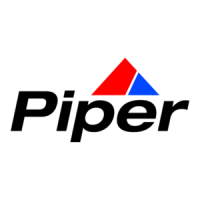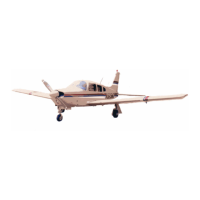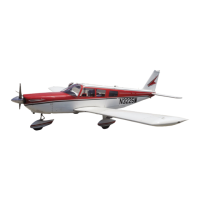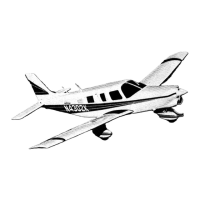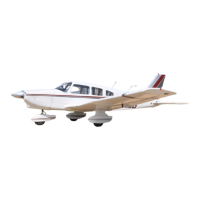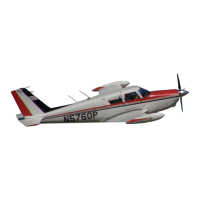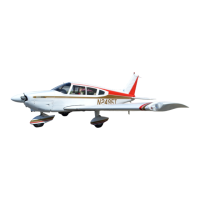PIPER
SENECA
II
SERVICE
MANUAL
14-97. SPECIAL SERVICING PROCEDURES
..
The air conditioning system should be serviced
by
a
qualified shop with trained personnel. The following procedures and precaution's should be observed.
The efficiency
of
this system depends
upon
the pressure-temperature relationship
of
pure refrigerant.
As long as
the
system contains
only
pure
refrigerant plus a specified
amount
of
compressor oil (which is
mixed with the refrigerant),
it
is
considered
to
be chemically stable. Foreign materials within the system
will affect the chemical stability, contaminate the system, and decrease its efficiency.
I. GENERAL REFRIGERATION SYSTEM PROCEDURES.
A. REFRIGERANT SAFETY PRECAUTIONS.
I. Refrigerant 12 ( commonly
known
as
R-12
or
"Freon"
12) is odorless and colorless in
either the liquid
or
gaseous state. R-12 for charging refrigeration systems is supplied in
pressurized containers (approx.
70
psi
at
70°F)
in liquid form. Since this material is
essentially inert
at
room
temperatures the dangers are primarily associated with the
pressure and the refrigeration effects
of
the release and subsequent evaporation
of
this
pressurized liquid.
2.
Wear suitable eye protection when handling R-12 due
to
the possibility
of
freezing
of
the eye
if
contacted by escaping liquid refrigerant.
If
liquid R-12 does strike the eye,
the following actions should
be
taken:
a.
DO NOT RUB THE EYE.
b. Splash large quantities
of
cool water
into
the eye
to
raise the temperature.
c. Tape on an eye
patch
to
avoid the possibility
of
dirt entering the eye.
d. Rush to a physician
or
hospital for immediate professional aid.
e. DO NOT ATTEMPT TO
TREAT
IT
YOURSELF.
3.
If
liquid R-12 strikes
the
skin frostbite can occur. Treat with cool water and
protect
with petroleum jelly.
4. Do
not
discharge large quantities
of
R-12
into
closed rooms. It may displace
most
of
the air in the
room
and this could cause oxygen starvation. Gaseous R-12 is heavier
than
air and flows
to
the
bottom
of
a container.
5. Do
not
discharge R-12
into
an open flame
or
onto
a very
hot
surface (500°F+).
Poisonous phosgene
gas
is generated
by
the
action
of
the
heat
on the refrigerant.
6. Do
not
apply direct flame
or
other
high
heat
source
to
a R-12 container due
to
the
high pressures which will result.
If
any heating is done
to
R-12 containers the container
pressure should be monitored and kept below 150 psi.
B.
SYSTEM SERVICING PRECAUTIONS.
I. Systems should be discharged slowly
to
prevent
the
escape
of
liquid refrigerant and the
loss
of
the
lubricating oil.
2. Systems should
not
be left open
to
the atmosphere when discharged. Mositure and
other
contamination may
enter
and damage open systems.
3. Never introduce anything
but
pure refrigerant and refrigerant oil
into
a system.
4. Keep refrigerant oil containers tightly sealed and clean
to
prevent absorption
of
moisture
or
other
contamination.
5. Use
only
approved refrigeration oil in
the
compressor. If any
doubt
exists
about
the
cleanliness
of
the
compressor oil, replace
it
with new oil.
6. Never reuse oil removed from
the
system. Discard
it.
7. When Loctite Refrigerant
Sealant
has been used on a
joint
it
must be heated
to
400°
F
prior
to
disassembly. Loctite
must
be used
to
seal any pipe threads in
the
system lines.
8. Replace
the
receiver-dehydrator assembly on
any
system which has been operating
with a leak allowing air
to
enter
the system.
If
a receiver-dehydrator is left open
to
the
atmosphere
it
should be replaced due
to
the loss
of
effectiveness
of
the
drying
compound
it
contains.
Reissued: 10/11/79
3D3
ACCESSORIES
AND
UTILITIES
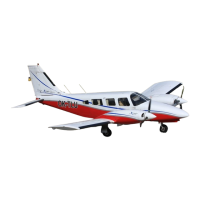
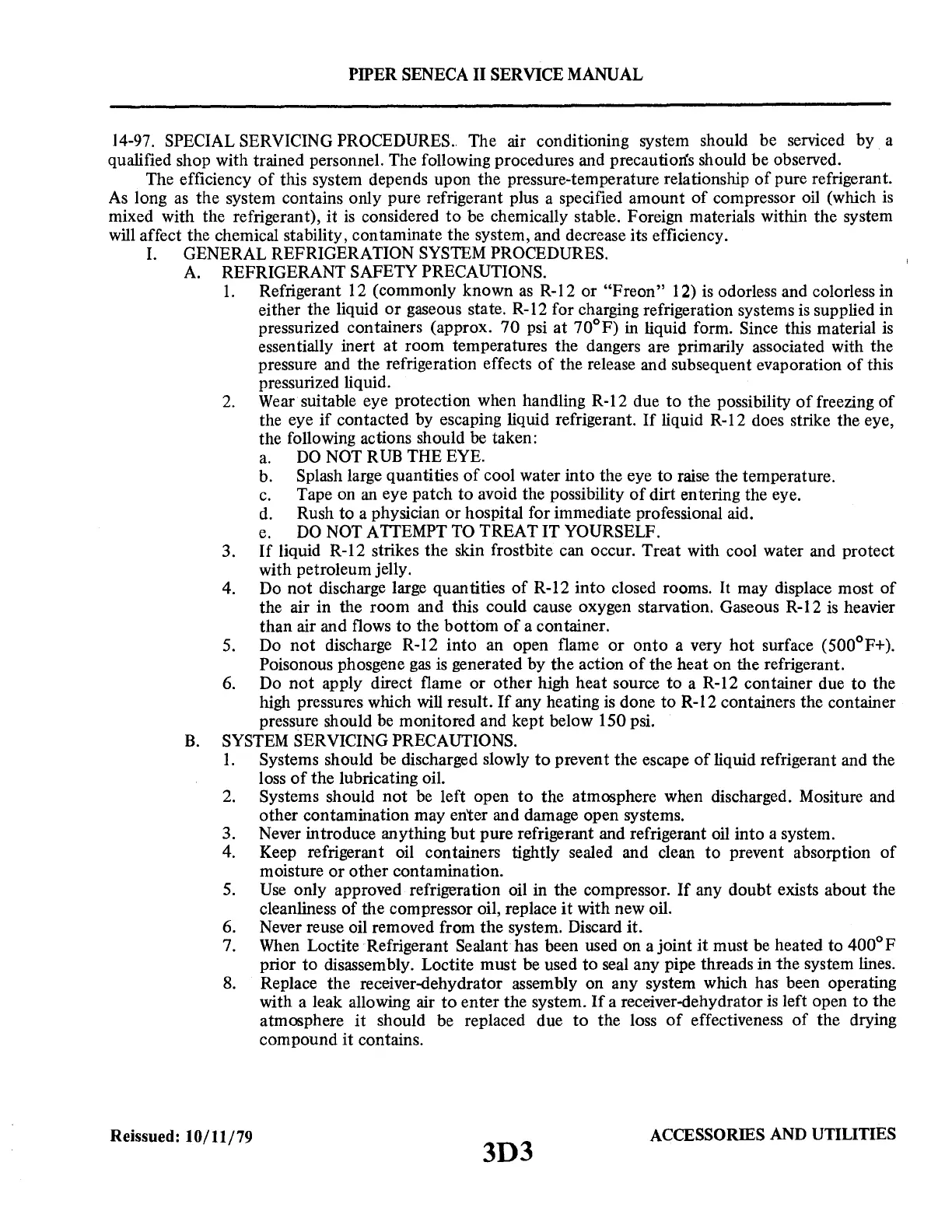